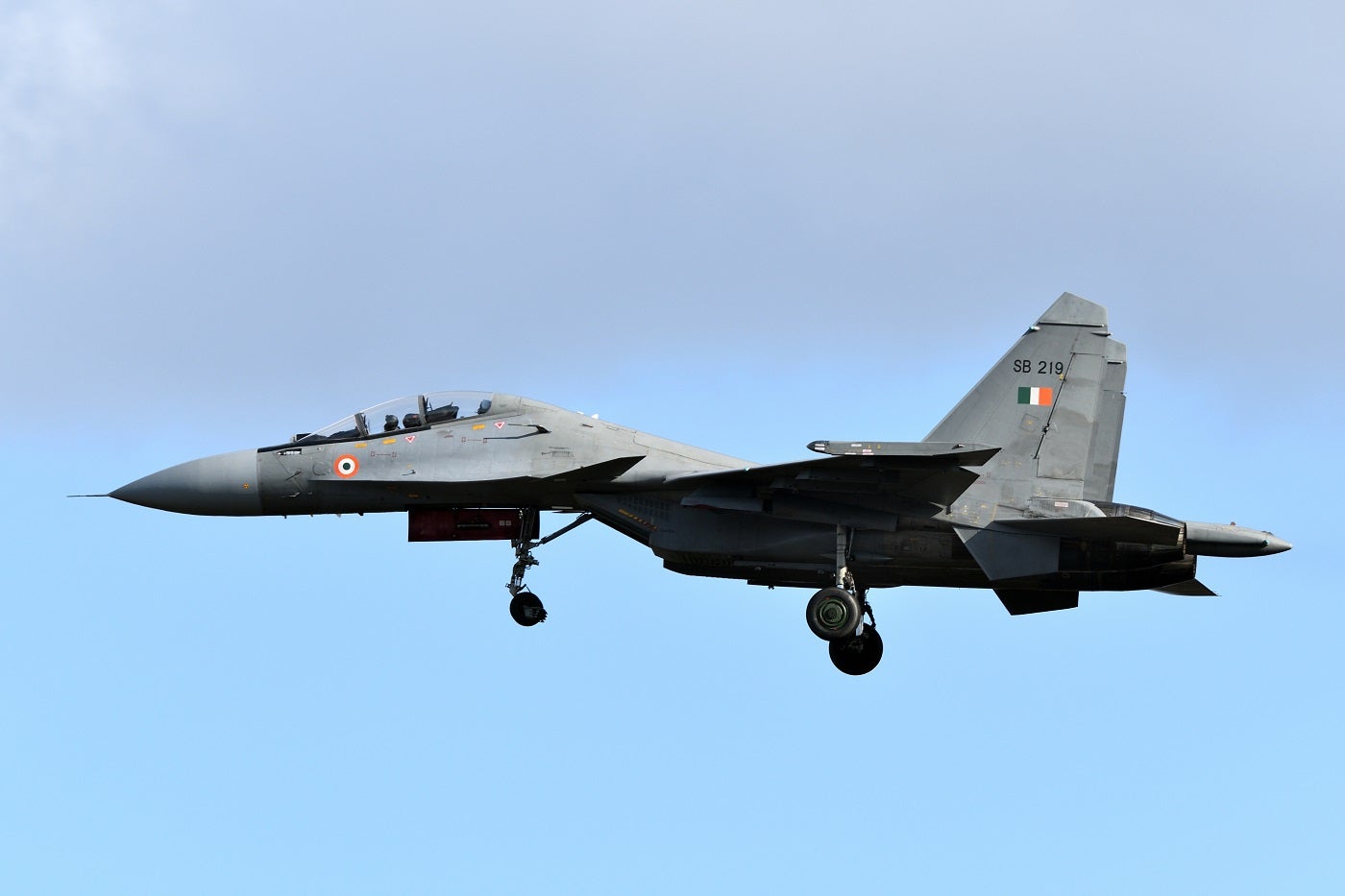
In a stride toward enhancing India’s self-reliance in defence, the Defence Acquisition Council (DAC) approved nine capital acquisition proposals worth approximately Rs 45,000 crore.
The decisions made during the meeting chaired by Raksha Mantri Shri Rajnath Singh on September 15, 2023, span across naval, land, and air domains, reinforcing the nation’s commitment to ‘Aatmanirbhar Bharat’ or ‘self-reliant India’ in the defence sector.
Under the buy Indian-indigenously designed, developed and manufactured/buy category, these acquisitions are set to bolster the Indian defence industry.
The approvals encompass procurement across the naval, land, and air domains, reflecting a comprehensive approach to strengthening India’s defence forces.
Land domain enhancements
To enhance the protection, mobility, attack capabilities, and survivability of the mechanised forces, the DAC accepted the need to procure light armoured multipurpose vehicles and integrated surveillance and targeting systems.
Furthermore, the DAC cleared the AoN to acquire high mobility vehicle gun towing vehicles, enabling swift mobilisation and deployment of artillery guns and radars.

US Tariffs are shifting - will you react or anticipate?
Don’t let policy changes catch you off guard. Stay proactive with real-time data and expert analysis.
By GlobalDataIn other recent developments within India’s land domain procurements, BAE Systems and Larsen & Toubro have joined forces to introduce the BvS10-Sindhu all-terrain vehicle to the Indian Army through rigorous trials in a “Make in India” initiative.
Naval advancements and air domain upgrades for India
The Indian Navy is set to benefit from the DAC’s approval to procure the following generation survey vessels. These vessels will enhance the Navy’s capabilities in performing hydrographic operations, vital for maintaining maritime security and navigation.
The Indian Air Force’s proposals also found favour with the DAC, which included the avionic upgradation of Dornier aircraft to improve accuracy and reliability during operations.
Additionally, the DAC approved the procurement of Dhruvastra short-range air-to-surface missiles, a potent indigenous precision-guided weapon designed for indigenously built ALH Mk-IV helicopters.
In a move that strengthens the nation’s airpower, the DAC granted AoN for purchasing 12 Su-30 MKI aircraft and associated equipment from Hindustan Aeronautics Limited (HAL).
A vision for greater indigenisation
During the DAC meeting, Raksha Mantri Shri Rajnath Singh emphasised the need to raise the bar for indigenisation. He articulated, “Rather than settling for a threshold of 50% indigenous content for IDDM projects, we should aspire to achieve a minimum of 60-65% indigenous content.”
This vision aligns with India’s broader ambition to develop a robust defence ecosystem and reduce dependence on foreign suppliers.
According to GlobalData’s “India Defense Market 2023-2028” report, the latest draft version of the Defence Production Policy was introduced in 2016 to achieve substantive self-reliance in the design, development, and production of equipment, weapon systems, and platforms required for defence, in as early a timeframe as possible, to create conditions conducive for the private industry to take an active role in this endeavour, to enhance the potential of SMEs in indigenisation, and to broaden the country’s defence R&D base.
Tushar Mangure, aerospace, defence, and security analyst, outlines the initiative’s effect: “The initiative focuses on building a vibrant domestic ecosystem covering the design, R&D, testing, and manufacturing capabilities in the defence domain. Under this program, approximately 350 new industrial licenses have been issued over the last seven years for defence manufacturing.”.
Shri Rajnath Singh further directed key stakeholders, including the chief of defence staff, service chiefs, defence secretary, and DG (Acquisition), to collaborate closely with the Indian industry to advance the minimum indigenous content threshold.
These developments signify a leap towards bolstering India’s defence capabilities across land, sea, and air while reinforcing the nation’s pursuit of self-reliance in defence production.
The DAC’s recent decisions underscore India’s determination to carve a more prominent role on the global defence stage while nurturing its domestic defence industry.



